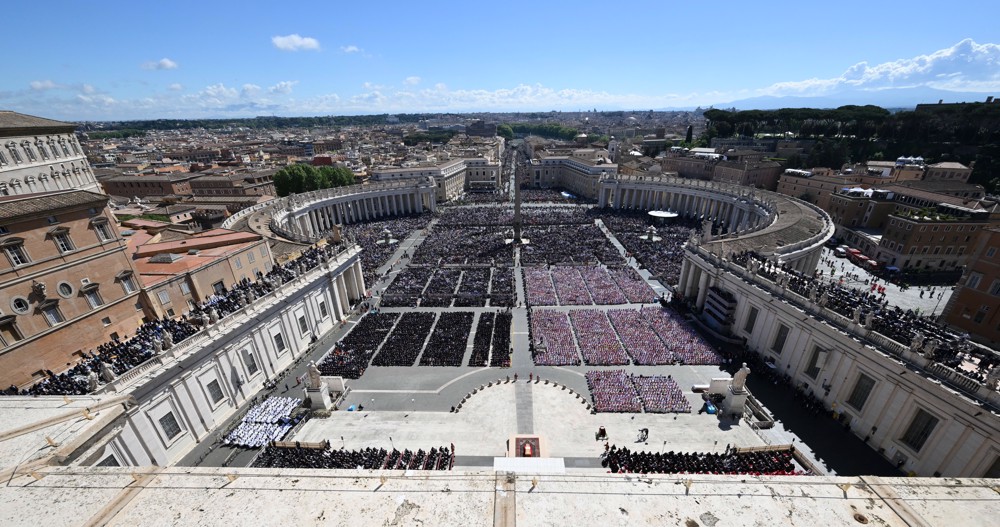Over 22% of Spaniards in poverty in 2013: Data
Nearly a quarter of people in Spain were living in poverty in 2013 despite the country's exit from recession, official data shows.
The latest poverty figures provided by the National Statistics Institute show that 22.2 percent of the population in 2013 was living under the poverty line, with immigrant families particularly affected.
The poverty figure had mounted from 20.4 percent a year earlier when the country was still in recession.
Spain and the European Union define the poverty line as 60 percent of a country's average personal income.
The institute did not mention the percentage of Spaniards living under poverty line in 2014.
Meanwhile average yearly household income decreased from about 30,000 euros in 2008, the first year of a global economic downturn, to 26,154 euros in 2013.

One in 10 households in Spain, which is the fourth-largest economy in the eurozone, was struggling to pay the rent, mortgage or gas and electricity bills in 2013, data showed.
The government predicts that economic growth in 2015 would rise to 2.4 percent, higher than its previous estimate of two percent. However, the country’s unemployment rate in 2014 stood at 23.7 percent, the second highest in the eurozone after Greece.
Millions of people were thrown out of work in Spain after the property burst in 2008, forcing the government to enforce austerity measures and bail out the financial system.
Known as a member of the economically struggling group of EU countries called PIIGS - Portugal, Ireland, Italy, Greece and Spain - the country is hugely indebted to international creditors as it borrowed 41.4 billion euros in 2012 to finance its collapsing banking sector.
MRA/KA

Trump, Zelensky hold 'productive' talks ahead of Pope's funeral in Rome

World leaders, mourners bid farewell to Pope Francis at funeral in Rome

Norway establishes diplomatic ties with State of Palestine amid Israel's Gaza genocide
US airstrikes hit seized Israel-linked ship in Yemen: Report
Israeli settlers cut water supply to Palestinians in West Bank
VIDEO | Austria protests mourn Gaza deaths
Ex-spy chief urges ‘revolt’ against Israeli regime; says Tel Aviv must be ‘stopped’
VIDEO | Press TV's news headlines
VIDEO | Paris hosts ‘end famine’ rally in support of Gaza
Global reactions, offers of assistance pour in after huge deadly explosion in S Iran
Iran pres. stresses collective, effective fight against terrorism in calls with India, Pakistan PMs







 This makes it easy to access the Press TV website
This makes it easy to access the Press TV website